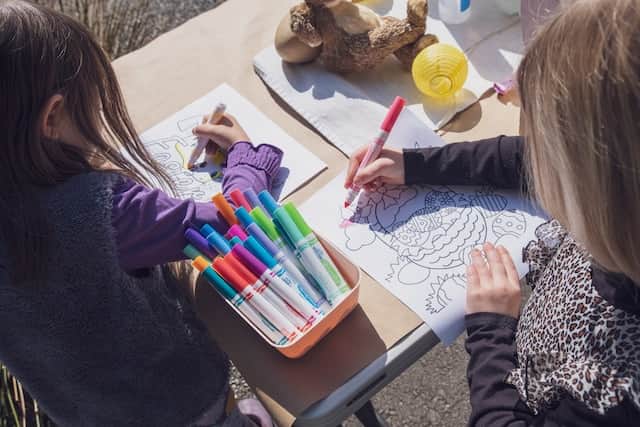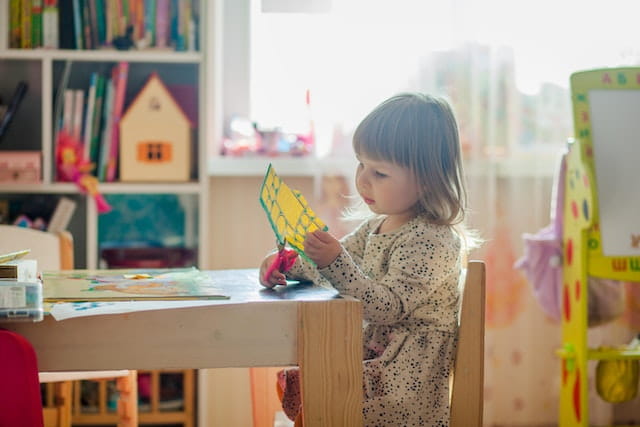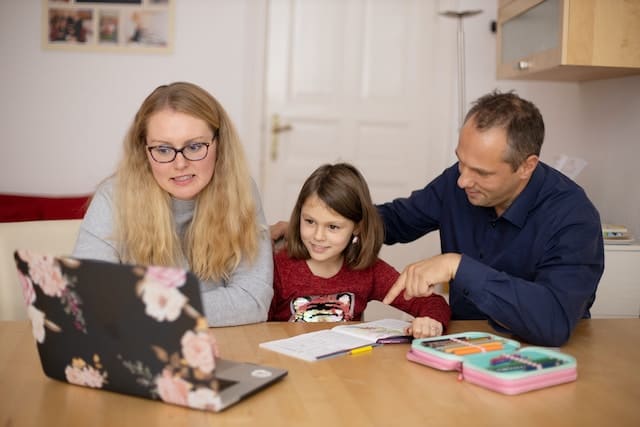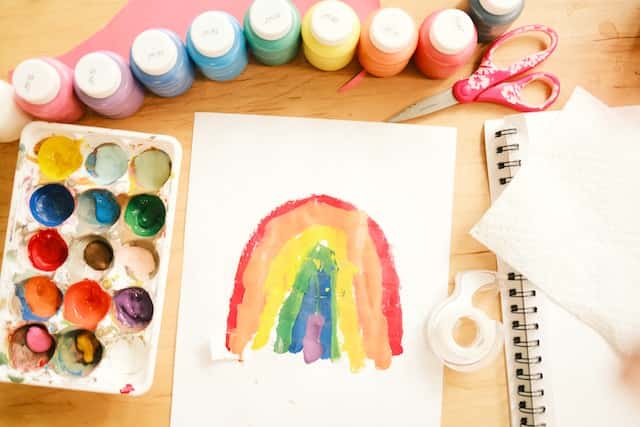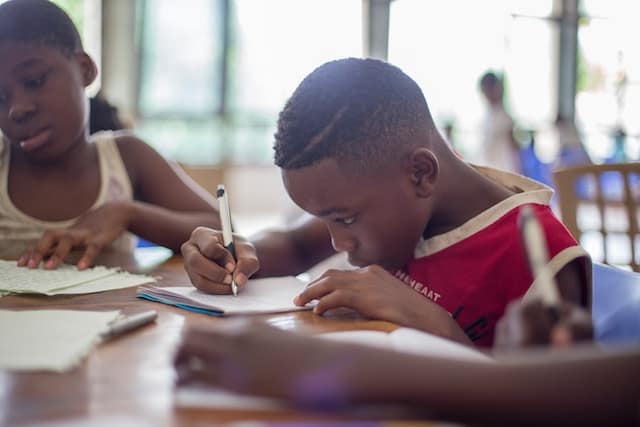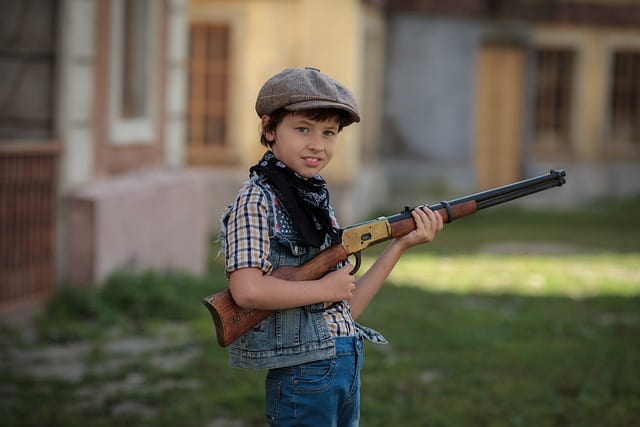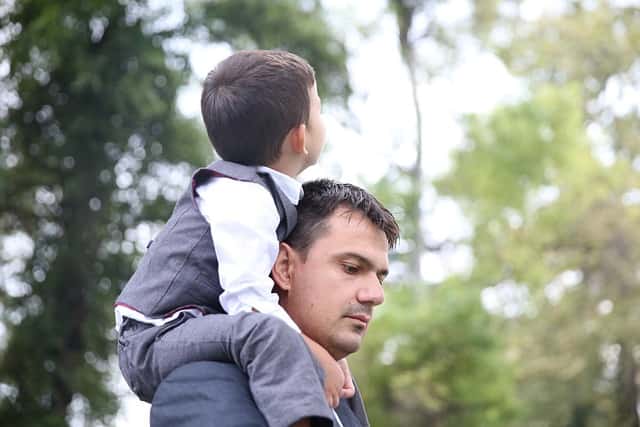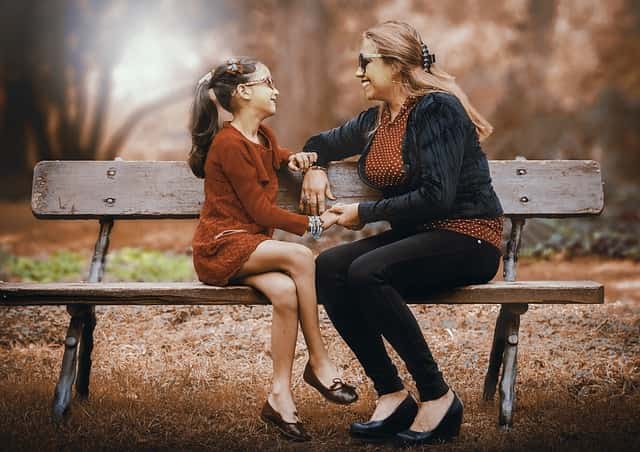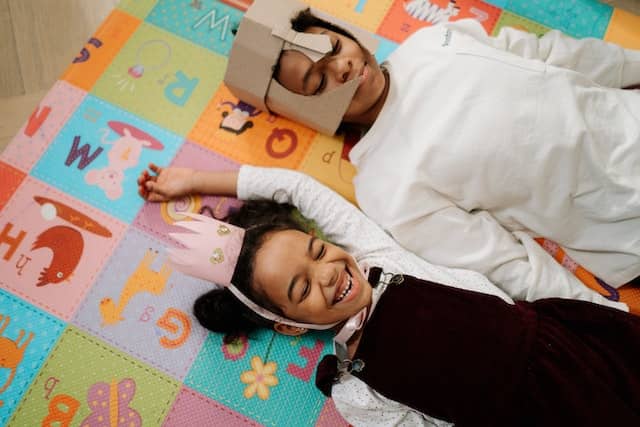
3rd grade sight words are a crucial part of a child’s reading and writing development. Sight words are words that children should be able to recognize instantly, without having to sound them out. These words are often irregular and cannot be decoded using phonetic rules.
Some examples of third grade sight words include “about,” “after,” “could,” “every,” and “people.” By mastering these words, children can improve their reading fluency and comprehension.
Printable list of 3rd Grade Sight Words
There are several strategies that parents and teachers can use to help children learn third grade sight words. One effective method is to use flashcards. Flashcards are a simple and fun way to help children memorize sight words. Another strategy is to incorporate sight words into reading and writing activities. For example, parents can ask children to find and circle sight words in a book, or teachers can encourage children to use sight words in their writing assignments.
3rd Grade Sight Words Flashcards
It is important to note that while sight words are important, they should not be the only focus of a child’s reading and writing instruction. Children also need to develop phonetic awareness and decoding skills to become proficient readers and writers. By balancing sight word instruction with other reading and writing strategies, parents and teachers can help children develop well-rounded literacy skills.
In conclusion, third grade sight words are an essential part of a child’s reading and writing development. By using effective teaching strategies, parents and teachers can help children master these words and improve their overall literacy skills.

